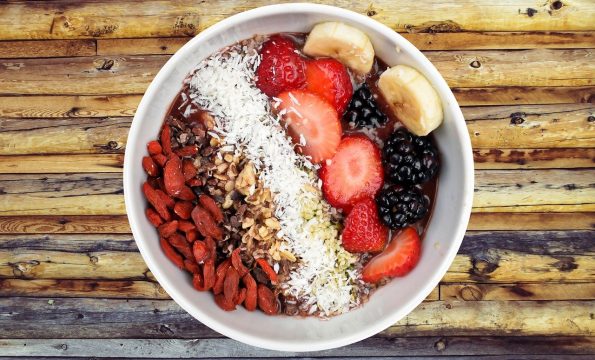-

-

-
Pastor Hal Mayer
Speaker / Director
Nearly All Americans Fail to Eat Enough of this Actual Superfood
quarta, 1 de janeiro de 2020
Latest Message
Make a Gift
Prophetically Speaking…
“The most odious of all oppressions are those which mask as justice.” more…
-
Artigos recentes
- After hurricane, mosquito-transmitted diseases pile on top of Cuba’s troubles
- Prophetically Speaking…
- Liberal Protestant churches proclaim ‘holiness’ of transgenderism, rebuke Catholic bishops
- Prophetically Speaking…
- Anti-corruption protest descends into chaos as thousands of ‘Gen Z’ demonstrators storm National Palace in Mexico City
Tags
Catholic Church church and state Donald Trump government LGBTQ natural disaster politics Pope Francis Prophetically Speaking Quote of the Day religion religious liberty United States VaticanComentários recentes
- Stephen Chang em Praying for the Dead: Sweetest of the Spiritual Works of Mercy
- John em Charlie Kirk and the Sabbath rest
- William Stroud em UMC church paints steps in rainbow colors in opposition to governor’s directive
- William Stroud em Police in India arrest Pastor after Hindu extremist attack
- William Stroud em From Israel to the US, Vice President JD Vance isn’t shy about his religion
Follow





Comments